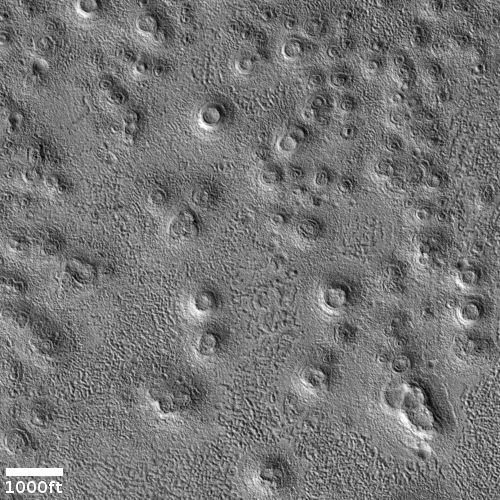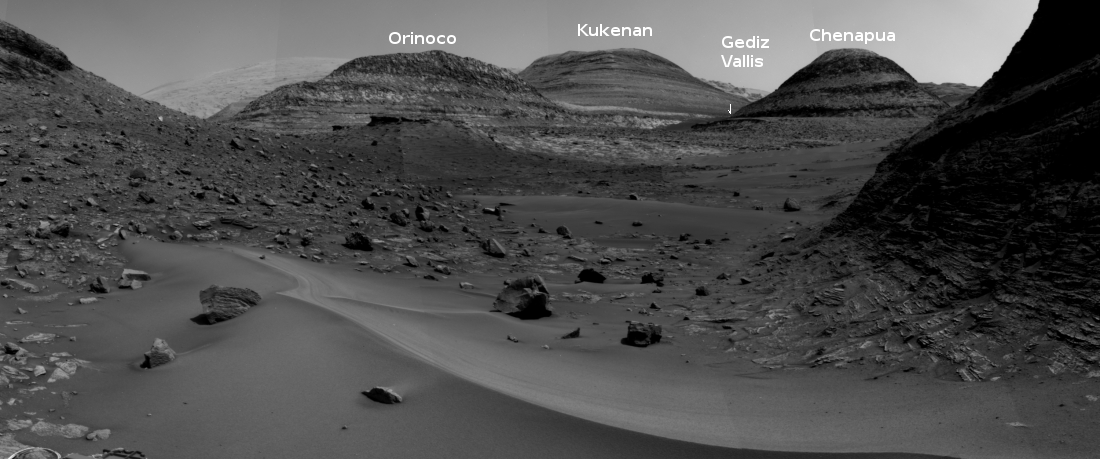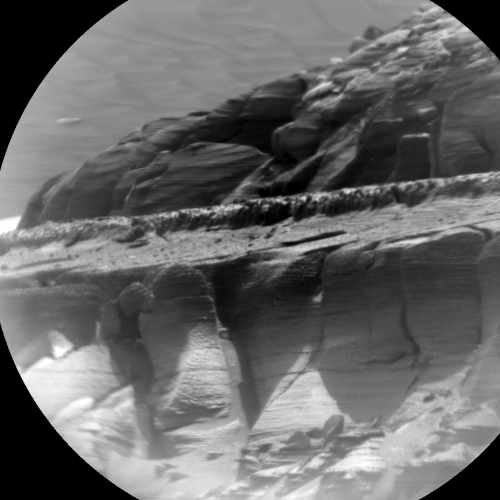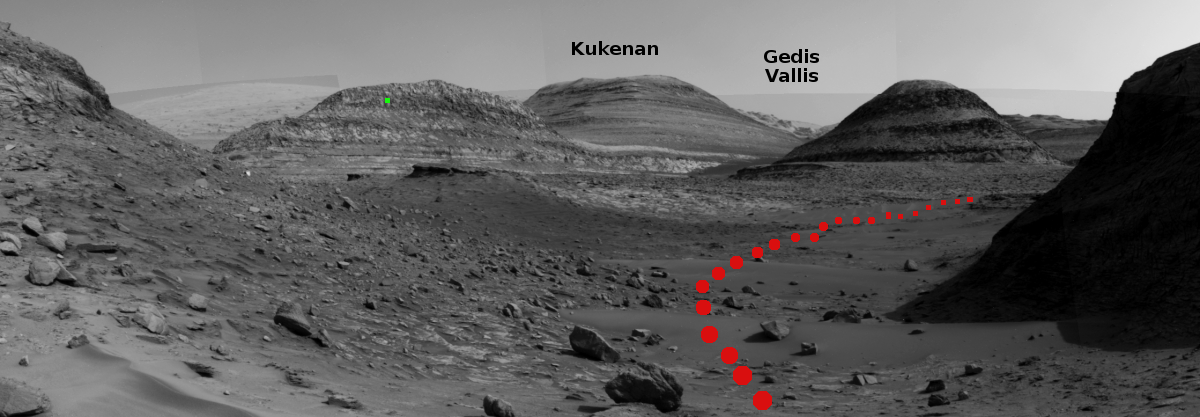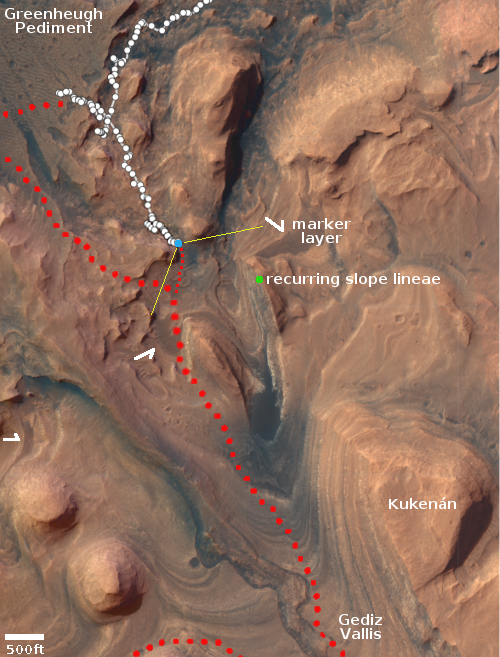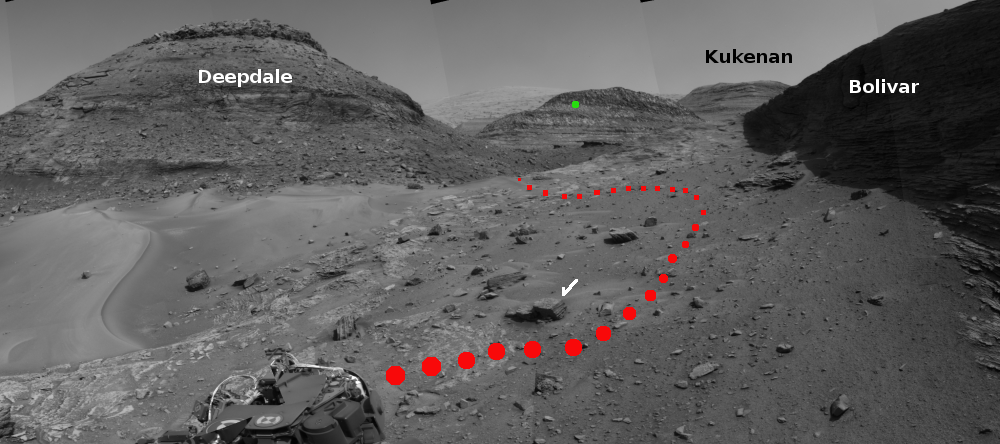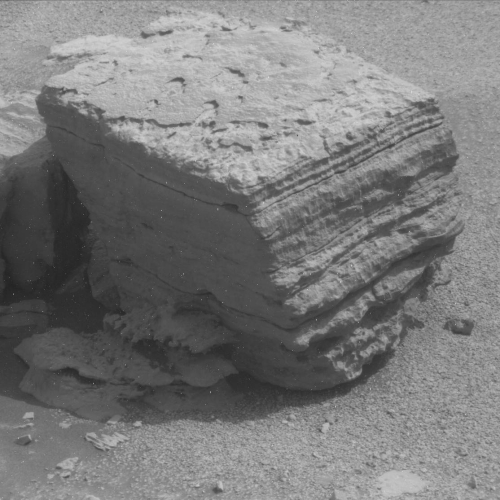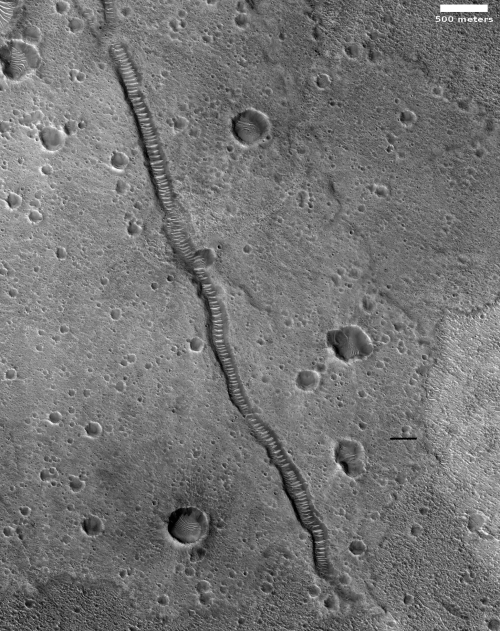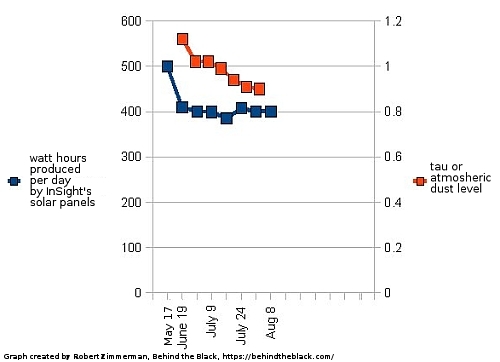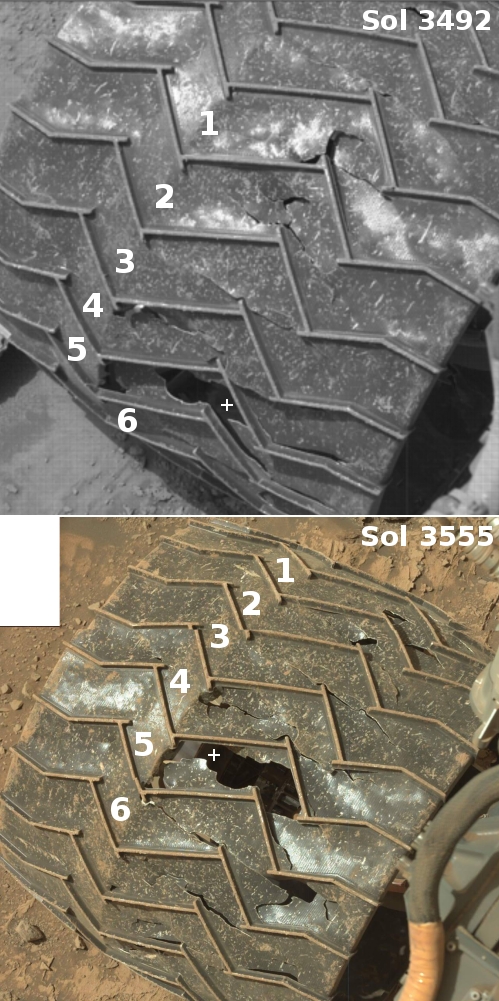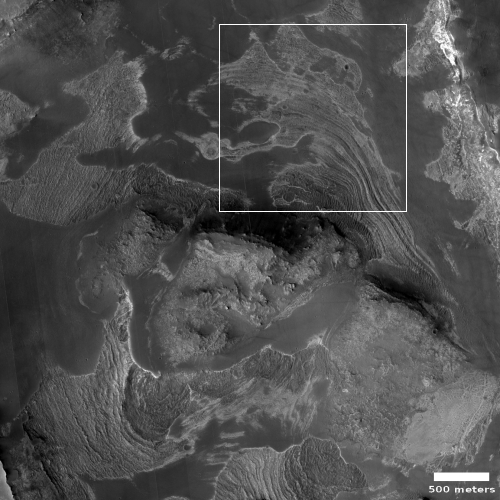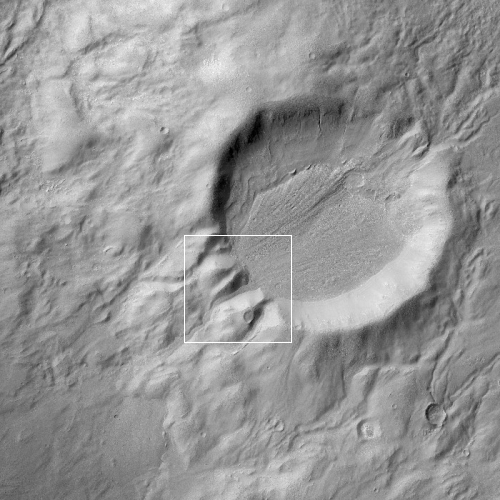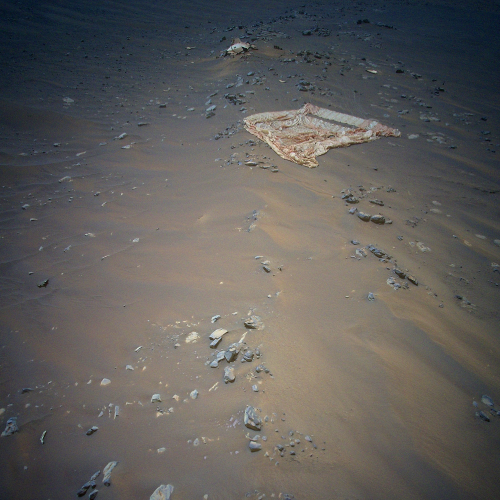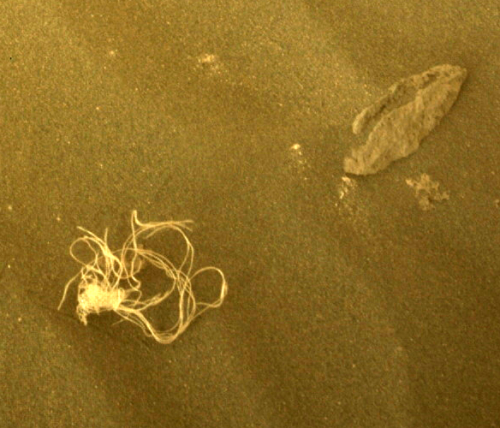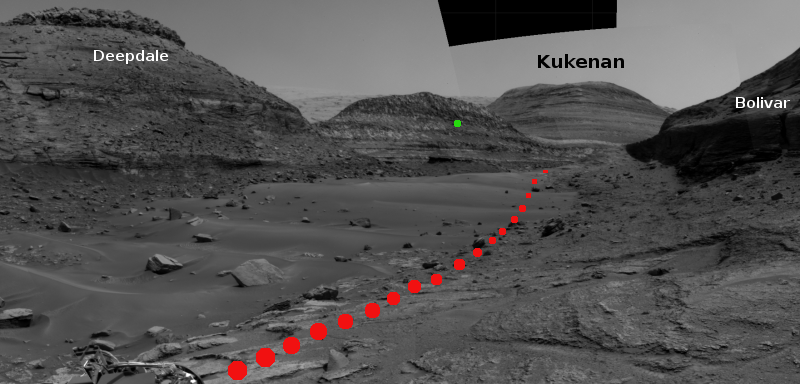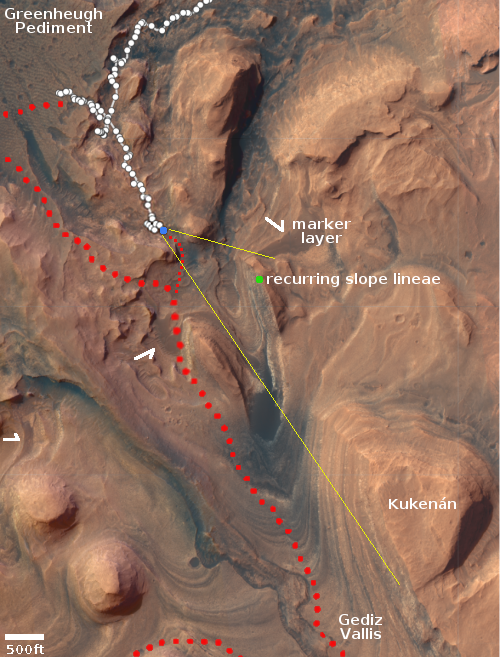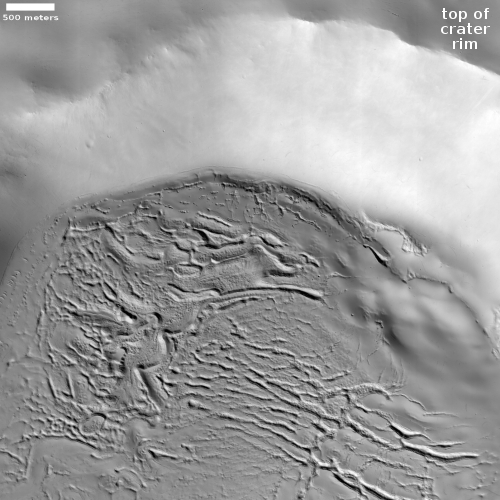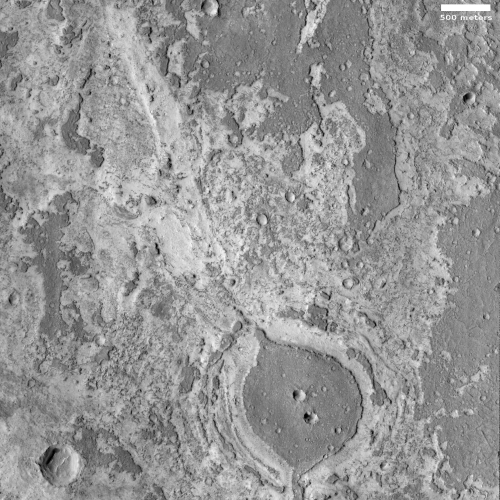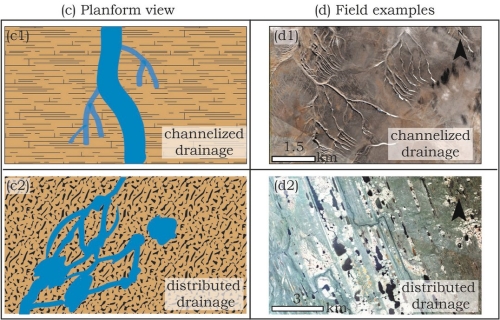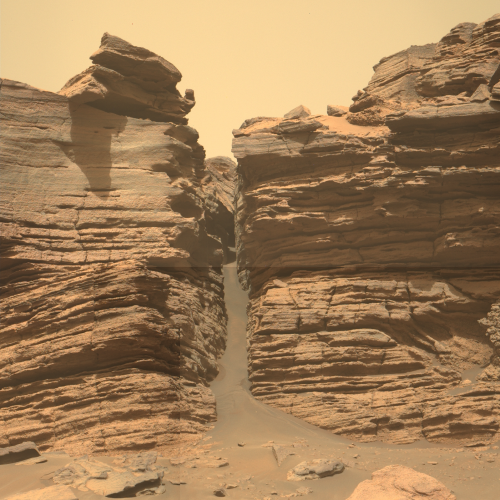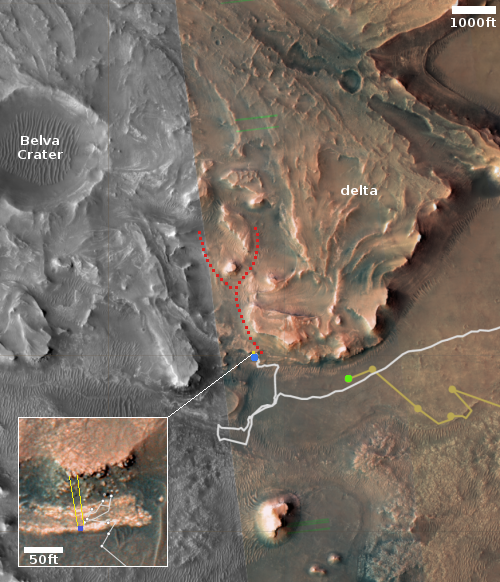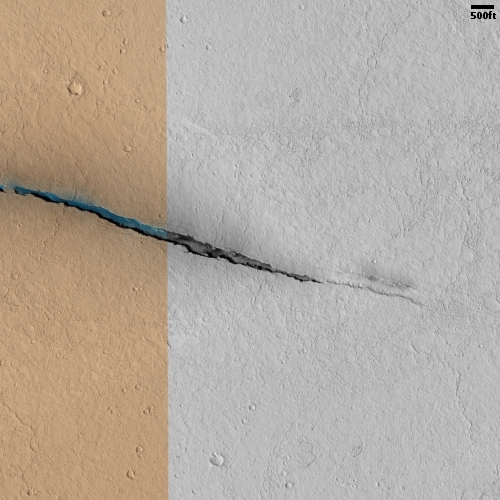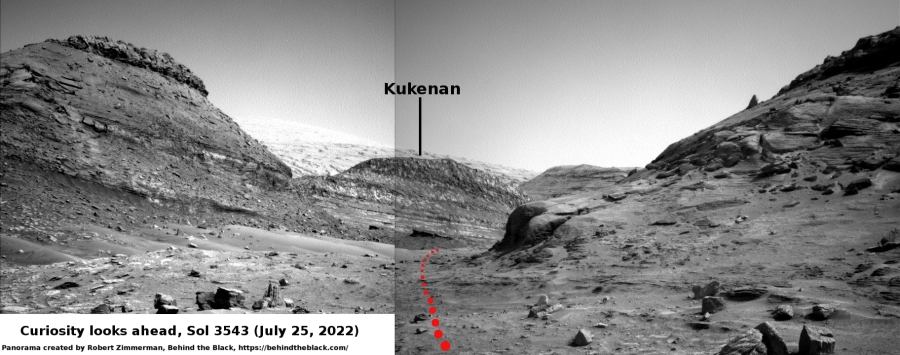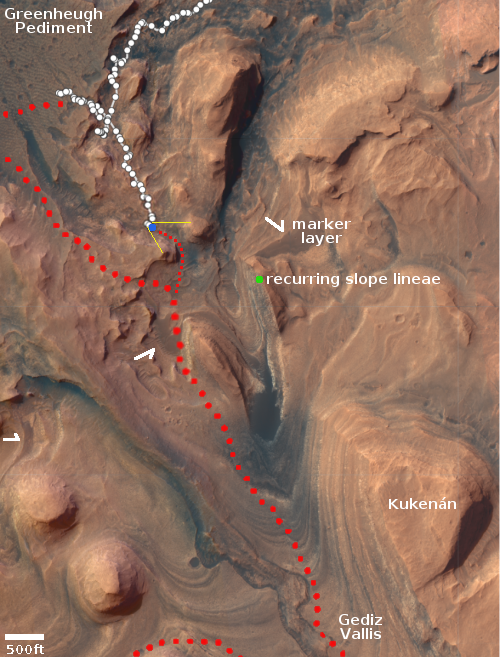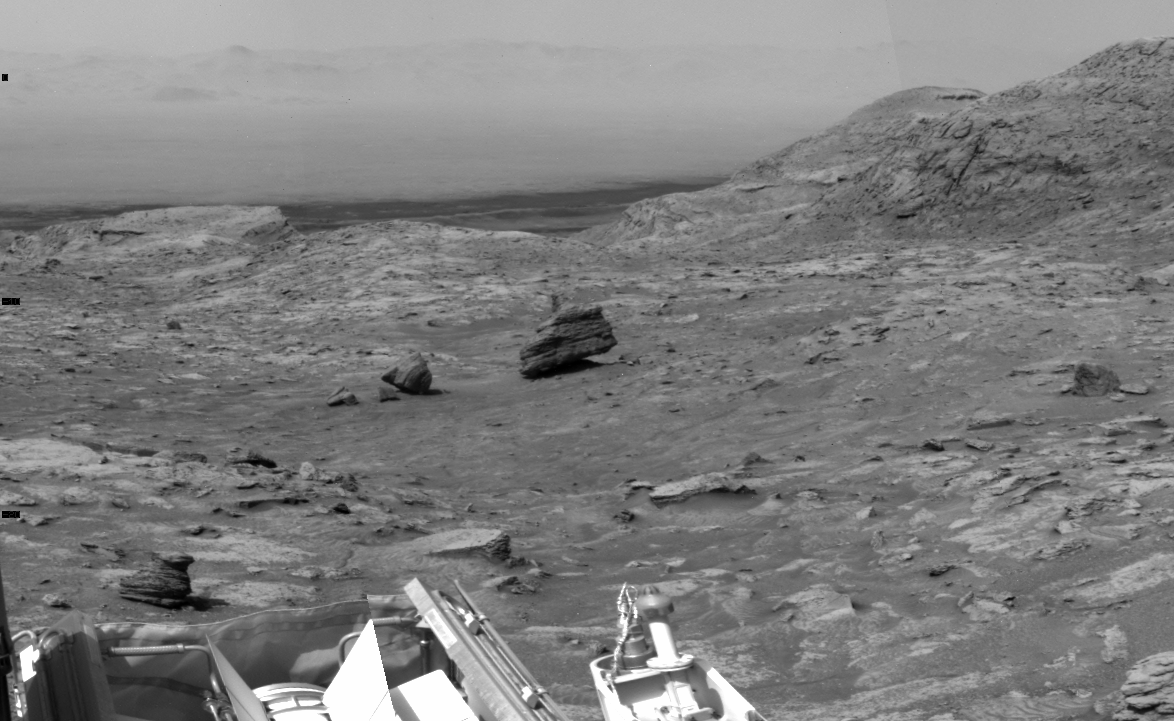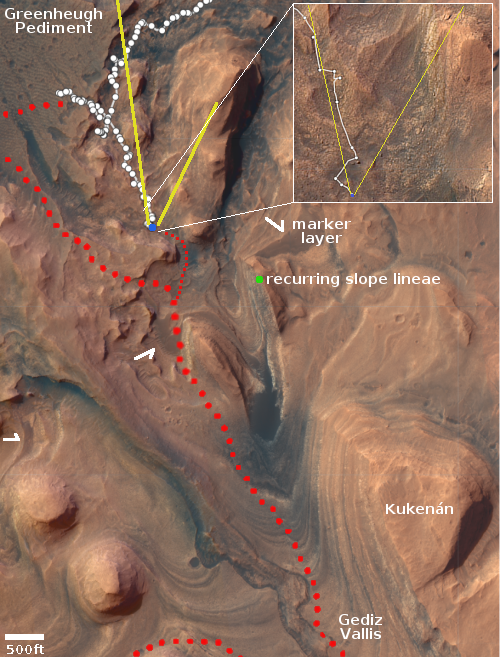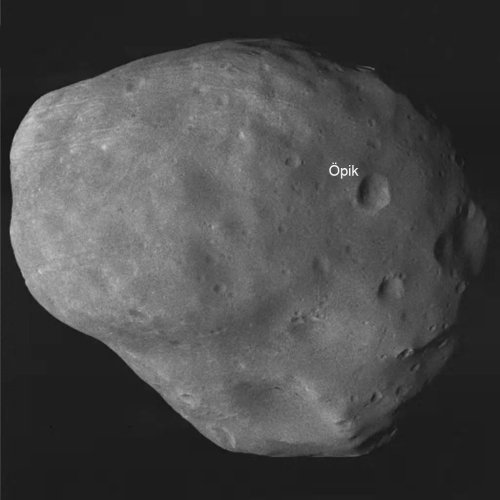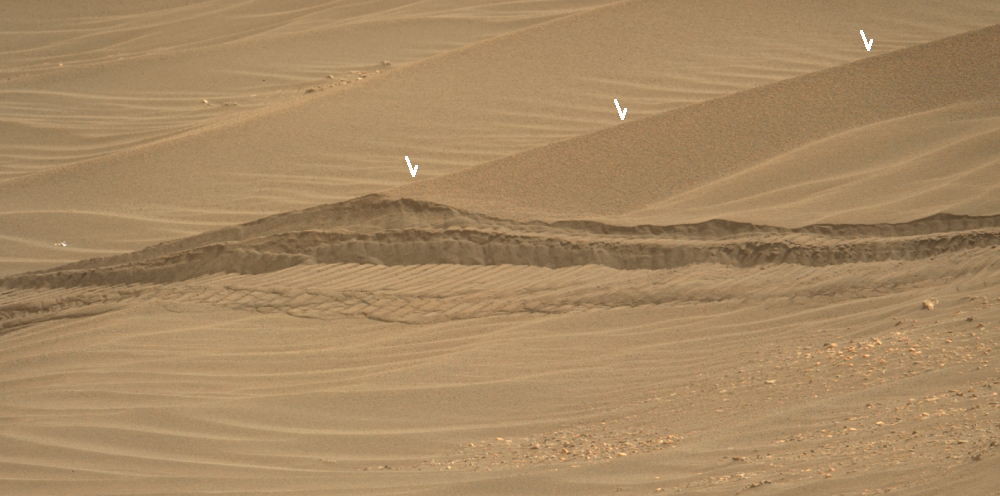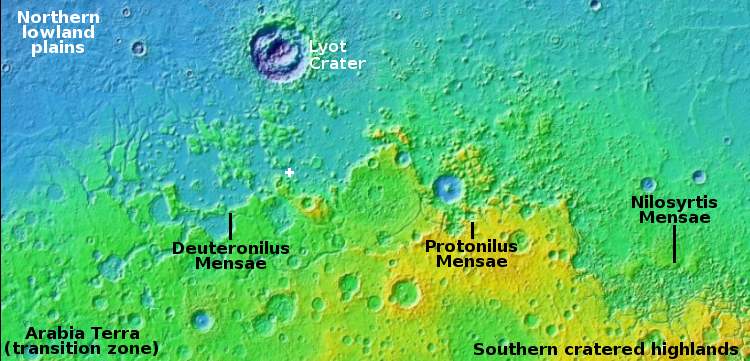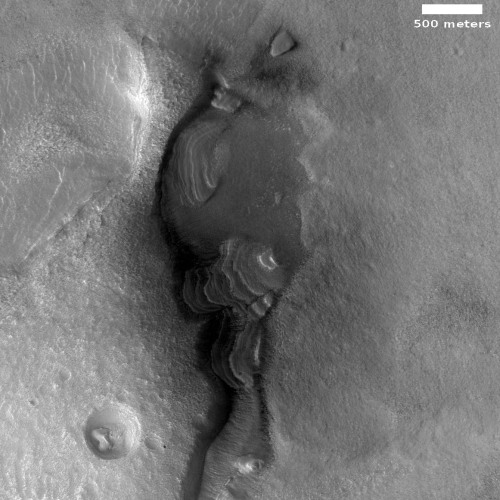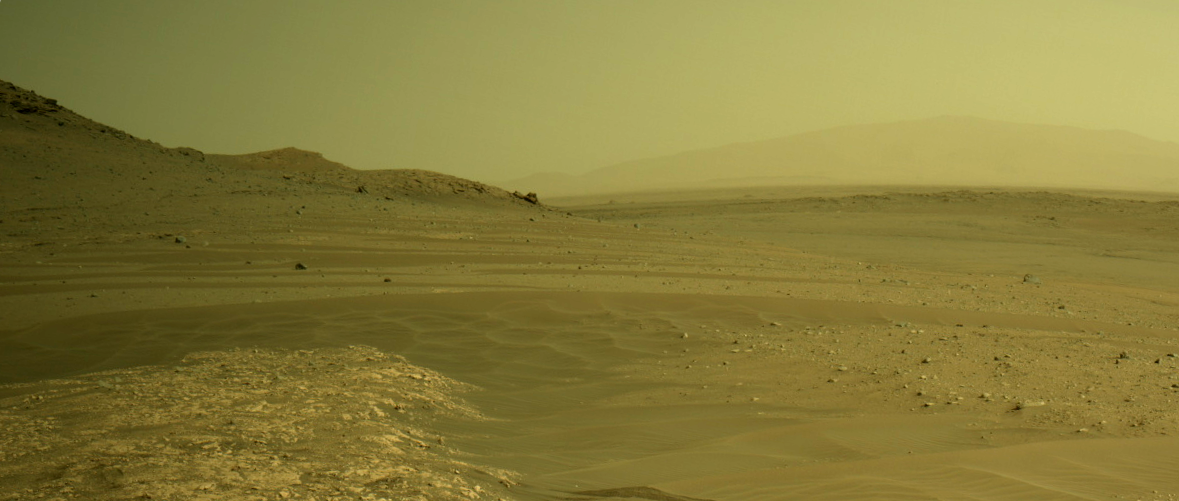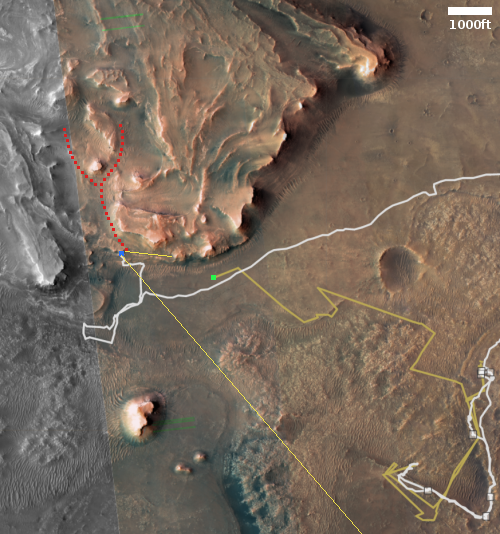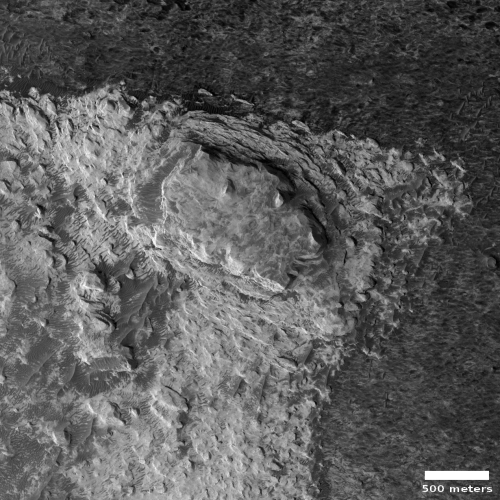Dust and clouds in the Martian atmosphere, as seen by UAE’s Al-Amal orbiter
Two new science papers have just been released detailing results from the Al-Amal (Hope) Mars orbiter that was designed and built by American universities for the United Arab Emirates (UAE).
Both papers used data obtained from the orbiter’s infrared spectrometer, dubbed the Emirates Mars Infrared Spectrometer (EMIRS).
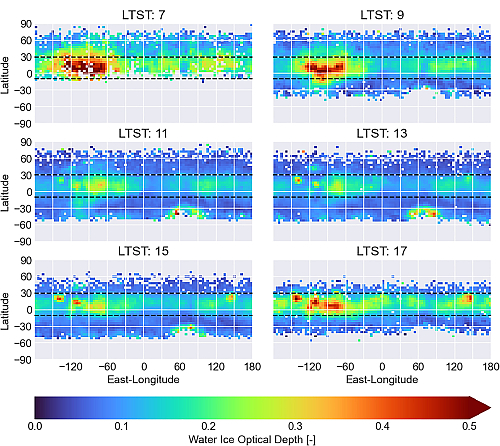
Figure 1 from paper. Click for full image.
First, the instrument tracked the daily changes in the planet’s cloud cover.
A prominent region of clouds that is commonly observed near the equator during Mars’ cold season—known as the aphelion cloud belt—was observed to reach a minimum near midday, with more clouds typically observed in both the morning and afternoon. Distinct differences were found in clouds observed near volcanoes, which tended to reach a minimum before local noon and increase throughout the afternoon.
The figure to the right shows this. In the morning and afternoon (LTST’s 7 and 17), there is a high concentration of clouds in the equatorial region above the Tharsis Bulge where the highest Martian volcanoes are located. During the middle of the day (LTSTs 11 and 13) this cloud cover largely dissipates, with a corresponding increase in cloud cover in Hellas Basin, in the southern hemisphere.
The second paper took a more general look at the data, including the change in temperature depending on elevation as well as dust and water content during the Martian northern spring and summer. From the abstract:
» Read more
Two new science papers have just been released detailing results from the Al-Amal (Hope) Mars orbiter that was designed and built by American universities for the United Arab Emirates (UAE).
Both papers used data obtained from the orbiter’s infrared spectrometer, dubbed the Emirates Mars Infrared Spectrometer (EMIRS).

Figure 1 from paper. Click for full image.
First, the instrument tracked the daily changes in the planet’s cloud cover.
A prominent region of clouds that is commonly observed near the equator during Mars’ cold season—known as the aphelion cloud belt—was observed to reach a minimum near midday, with more clouds typically observed in both the morning and afternoon. Distinct differences were found in clouds observed near volcanoes, which tended to reach a minimum before local noon and increase throughout the afternoon.
The figure to the right shows this. In the morning and afternoon (LTST’s 7 and 17), there is a high concentration of clouds in the equatorial region above the Tharsis Bulge where the highest Martian volcanoes are located. During the middle of the day (LTSTs 11 and 13) this cloud cover largely dissipates, with a corresponding increase in cloud cover in Hellas Basin, in the southern hemisphere.
The second paper took a more general look at the data, including the change in temperature depending on elevation as well as dust and water content during the Martian northern spring and summer. From the abstract:
» Read more

